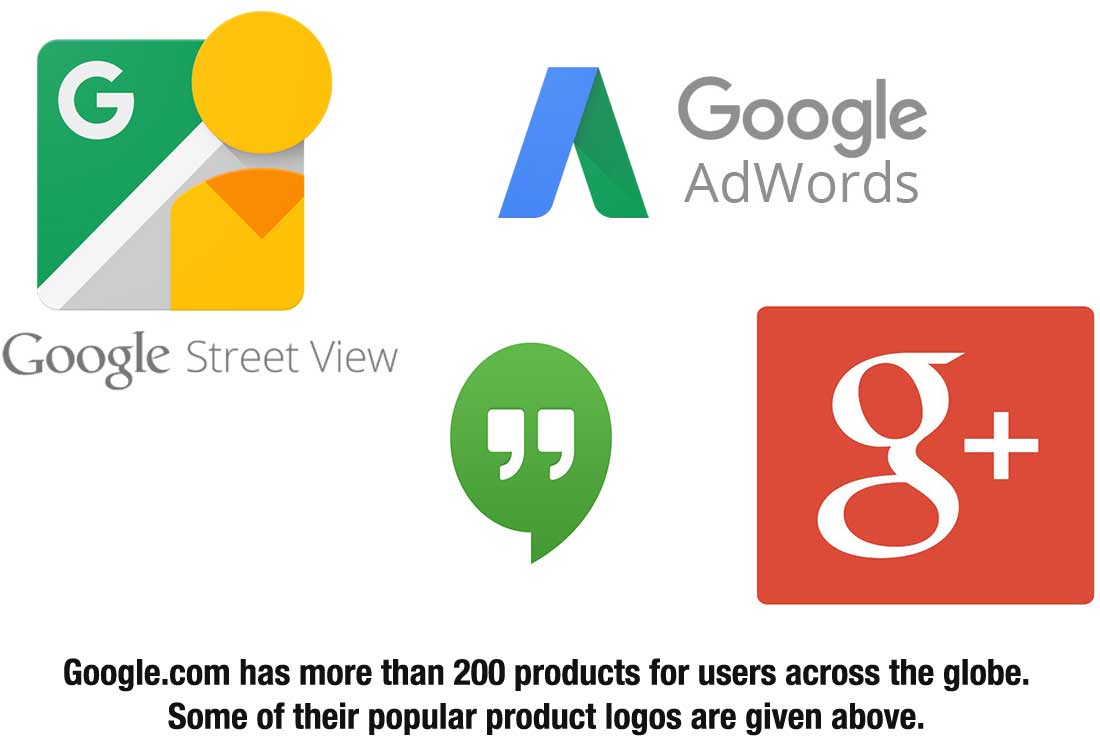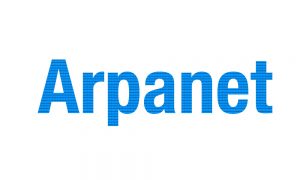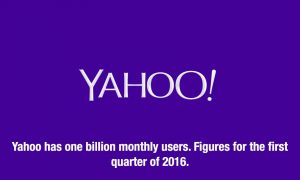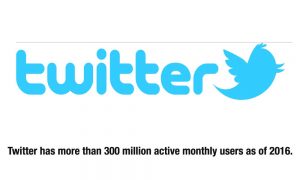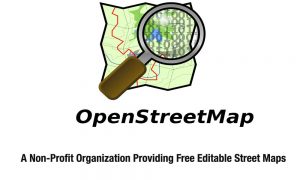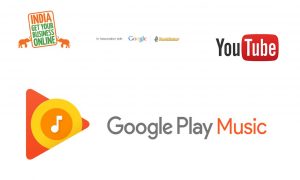An important feature added in 2011, is called Google Panda, a sort of filter of low quality sites. Named after an engineer credited with the innovation, Panda was created to handle floods of low-quality content sites. To get a perspective on the scale of operations, a few statistics may be seen. Between 1995 and 2011, the number of registered domains had gone up from 15000 to 350 million. The vast majority of the sites are simply ‘rubbish’. Observers point out that it has become fairly easy to create a website quickly. Hence Panda was created to filter low-quality pages and introduce some refinement in the Page Ranking algorithm and reduce spam. Panda has been updated periodically.
Panda has shown that it is not enough to create good copy for an advertisement. The quality of the product has to be good and recognised as such by as many users as possible. A new search engine operation (SEO) software, designed for Panda, called XGen SEO, will manage all your social media activities automatically from account creation to content posting. Panda has changed the way in which Internet marketers need to approach SEOs.
A later update was designed to guess whether the users search for up-to-date results or historical data. It would enable the search engine to determine how fresh the results should be. It is considered a big improvement over Caffeine, Google’s core indexing system.
Another useful tool is called Googlebot. You can directly request it to index your new or updated URL within 24 hours, if it is found fit for inclusion. Marketing managers would consider it an endorsement of their product, if it is listed in the very first page of the searches returned by Google.
Google has installed filters to keep out violence, hate and pornography. However, the company has run into hot waters on matters relating to privacy. For instance, the Street View Project, involving the photographs of streets and buildings had not gone well. People in several countries including India, have opposed the project on grounds of violation of privacy and personal choice. Some countries allowed the images on condition that details like the house numbers and license plates be blurred or deleted.
In response to European concerns about individual privacy, Google has agreed to allow owners covered by residential wireless networks to opt out of the project. The cell phones of those served by these wireless networks will not be tracked. However, certain cases of alleged violation of privacy continue. For instance, a Frenchman took Google to court over a photo published online by its Street View application showing him relieving in his front yard, which he believes had made him the laughing stock of his village in rural northwest France.
In a recent pilot project, Google introduced Street View to record the interiors of shops and instructions, which accept the project. It would be useful for sales promotions. Bystanders inside the premises will not be shown clearly. Google has leveraged its remote sensing capability into making a driverless car. The State of Nevada in the USA has issued a license to the self-driven vehicle, which was a Japanese car modified by Google. It was fitted with video cameras on the roof, a laser range finder and radar sensors to ‘see’ other traffic. The driverless car covered 224,000 km without incident, except for a minor jolt at a traffic light when a vehicle from the rear bumped into it.
Google accounts for two-thirds of the Internet search market, trailed by Yahoo and Microsoft’s Bing. It has been estimated that Google generates 25 dollars per user as against 3 dollars by a Facebook user. Google is expected to have over 40 per cent of the online advertisement revenue.
Google’s advertising strategy has several innovations. Initially, text advertisements appeared with the results of search results. The charges varied with the number of users who saw the advertisement. The Google introduced AdWords, which provided for automated online booking advertisements with a credit card as a self-service. Advertisements can be booked in a matter of minutes. It was followed by a charge per click offer. It assumed that those who clicked on an advertisement are more likely to buy rather than those who merely saw it. Next was an online auction of keywords. Advertiser could bid for some words indicating popular or rare, saleable, products or services. Advertisements which get more click are given higher ranking in subsequent selections. Accordingly, advertisements for popular brands get prominence over others. The listing is not alphabetical.
Some advertisements landed Google in trouble. Google allowed Canadian pharmacy companies to post advertisements for in expensive drugs aimed at American consumers. Google had to admit violation of the law in this decision and pay the imposed fine to settle with the US Justice Department.
Google came up with another strategy. Called content targeted advertising, it was based on the data in its Web pages and tracking of user behaviour. It showed advertisements that matched the keywords in the search query of the user. The search engine, Google claimed, can read your mind and show advertisements you may wish to see. Based on billions of advertisements and clicks, Google’s engineers built models for sales patterns and traced the trends in consumer demand. Google’s advertising strategy is mainly based on its powerful search engine, which tracks user’s preferences and likes. There is a demand for curbing the tracking mode in social networks on grounds of privacy.
While Google’s services are free, about 90 per cent of its revenues come from advertisements. It is reported that 60 per cent of local services on the Google lead to sales. Before the search engine reads your mind fully, it shows the advertisements you may like to see! Google’s Website Optimiser searches the website to gain the most appropriate advertisement campaign in tune with the searches. Google Products shows pictures of products along with a short description and the price. The advertisers need pay only if the product is purchased. Google Analytics measures the impact of websites and marketing campaigns. And Google Hot Trends lists 100 most active queries of users.
The main advantage of online advertisements is that their ability to mine personal data and enable Google to target individuals with an offer relevant to them. Moreover the advertisements can target friends of existing customers. Data mining is automatic and anonymous.
Google entered into a partnership with Yahoo! to become its default search provider. Google has also partnered with America Online to offer its search and sponsored links to the customers using CompuServe, Netscape and AOL.com. But Facebook, people do not have to be ‘friends’ with one another in Google to recognise someone’s updates without sharing their own data.
Google Plus
Google’s initial efforts to enter into social networking (Google Wave and Buzz) did not succeed. Gmail users were not comfortable with the design of Buzz. Taking cue from their reaction, Google designed a new feature called Google+ (Plus), which made privacy an important factor. It took a hint from Diaspora (sometimes described as an alternative to Facebook) and provided in new service ‘circles’ and groups visible only to the user. Google initially offered Google+ to journalists and those working in technology-related fields. After about two and a half months in closed testing, Google+ was opened up to the public in July 2011.
An innovative feature of Google plus is its multi-person ‘Hangout’ video chat on Android smartphones. Users will be able to share the content of their computer screens with whomever they are talking with. A user will be able to talk with up to ten persons at a time. Watching TV or listening radio programme together with others physically located elsewhere would be a new experience. Google Plus has 400 million active users (1.05 billion registered members). Within 18 months of introduction, Google+ became the second largest social network, surpassing Twitter, with 343 million users globally.
Google cannot, however, take its business for granted. Competition from Facebook and Twitter is growing. Sometimes Google has been criticized for being slow to take on fully the social web. A feature enables its users find results from socially shared information as well as across the wider Web. It was stated that such a social search would be useful to businesses, as their brands could move up in searches because of their popularity with the users’ friends.

